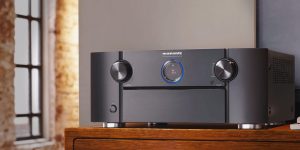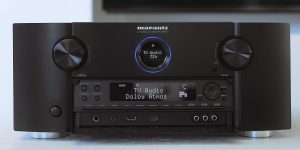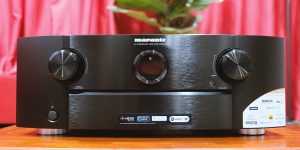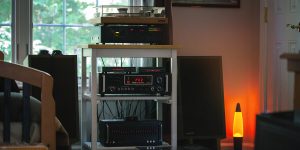In the world of home theater systems, the role of HDR-compatible receivers has become increasingly significant as technology advances. Modern video formats, which are designed to elevate the image quality and overall viewing experience, rely heavily on the compatibility and support of your audio/video equipment.
My goal is to help you navigate this landscape by discussing various video formats that contemporary receivers support. With the right knowledge, you can make informed decisions to optimize your home theater system, ensuring a stunning and immersive experience whenever you watch your favorite content.
HDR10
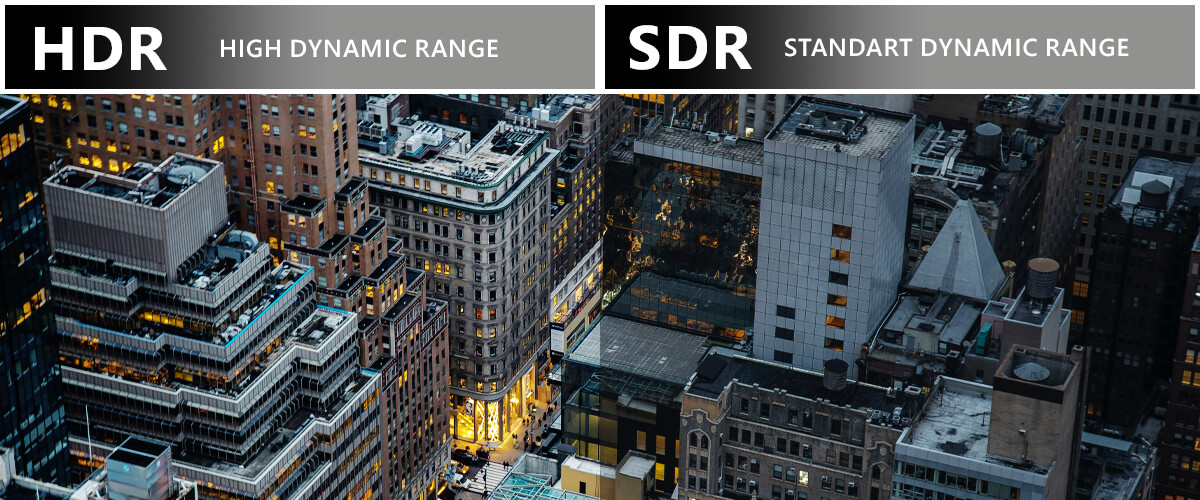
HDR10 is a widely adopted high dynamic range (HDR) format that has become a standard in the home theater industry. This format allows for a richer color palette, enhanced contrast, and improved brightness levels, providing a more immersive and visually stunning experience compared to standard dynamic range (SDR) content.
HDR10+ is an enhanced version of HDR10 that offers even more advanced capabilities. To better understand the differences between HDR10 and HDR10+, let’s compare their features in a table:
| Feature | HDR10 | HDR10+ |
|---|---|---|
| Color Depth | 10-bit color depth | 10-bit color depth |
| Metadata | Static | Dynamic |
| Color Gamut | Wide Color Gamut (Rec. 2020) | Wide Color Gamut (Rec. 2020) |
| Peak Brightness | Up to 1,000 nits | Up to 4,000 nits |
| Contrast | Enhanced compared to SDR | Enhanced compared to SDR & HDR10 |
| Content Availability | Widespread adoption | Limited availability |
| Device Support | Supported by most HDR-capable devices | Supported by select HDR-capable devices |
As shown in the table, HDR10 utilizes static metadata, which means that the brightness and color settings remain constant throughout the playback of a video. On the other hand, HDR10+ employs dynamic metadata, allowing for adjustments to brightness and color on a scene-by-scene or even frame-by-frame basis, resulting in more precise control over image quality.
Although HDR10+ offers a more refined and adaptable viewing experience, its content availability is currently limited, and not all devices and receivers support this enhanced format. Therefore, when choosing a receiver, do ensure that it offers HDR support for the formats that suit your home theater setup and content preferences.
Dolby Vision
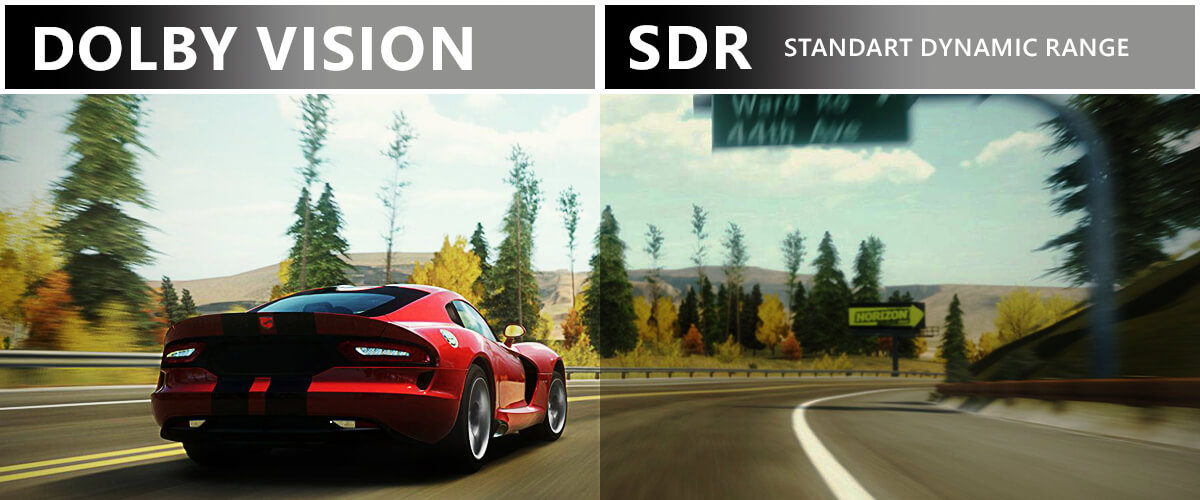
Dolby Vision is another popular HDR format that has garnered significant attention in the home theater industry. When choosing a Dolby Vision receiver, it’s essential to understand the features and advantages that this format offers.
One of the standout aspects of Dolby Vision is its 12-bit color depth, which allows for an even more extensive color palette and smoother gradients compared to HDR10 and HDR10+. Furthermore, this technology utilizes dynamic metadata, similar to HDR10+, enabling it to adjust brightness and color settings on a scene-by-scene or frame-by-frame basis for optimal image quality.
In addition to these features, Dolby Vision supports peak brightness levels of up to 10,000 nits, significantly higher than those achievable with HDR10 or HDR10+. This results in remarkably vivid and lifelike images with stunning contrast.
A Dolby Vision receiver can elevate your home theater experience by unlocking the full potential of this advanced HDR format. However, it’s important to note that Dolby Vision content and device compatibility may be limited, so make sure to consider these factors when planning your setup.
Hybrid Log-Gamma (HLG)

Hybrid Log-Gamma (HLG) is another HDR format that has gained traction in the home theater realm. Developed by the BBC and NHK (a Japanese media company), HLG offers a unique approach to high dynamic range content designed specifically to cater to the needs of live broadcasting and streaming.
One of the primary advantages of HLG is its compatibility with both HDR and SDR displays. HLG utilizes a single signal that can be interpreted by both types of screens, eliminating the need for separate broadcasts. This feature makes HLG particularly attractive for television broadcasters and streaming platforms, as it simplifies the delivery of HDR content to a wider audience.
Additionally, this technology does not rely on metadata, setting it apart from HDR10, HDR10+, and Dolby Vision. It streamlines the broadcast process and ensures consistent image quality across various displays.
While HLG may not boast the same peak brightness levels or color depth as other HDR formats, its unique features make it a valuable addition to the HDR landscape.

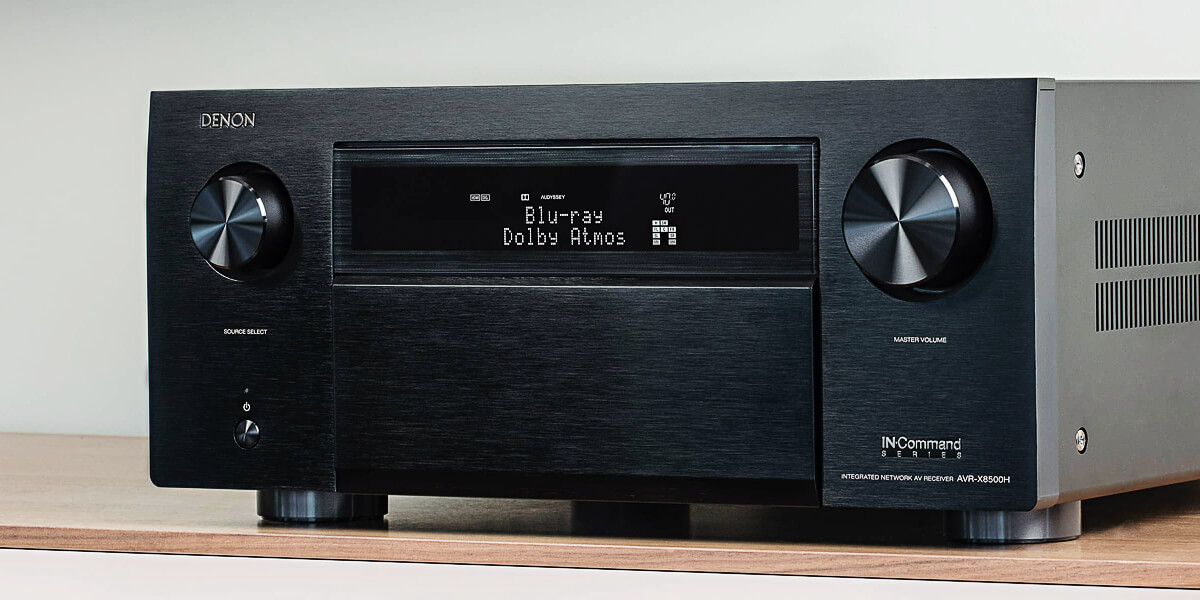


![Best 2-Channel Receiver [Expert Reviews and Buying Guide]](https://hometheaterology.com/wp-content/uploads/2023/11/best-2-channel-receiver-stereo-300x150.jpg)


